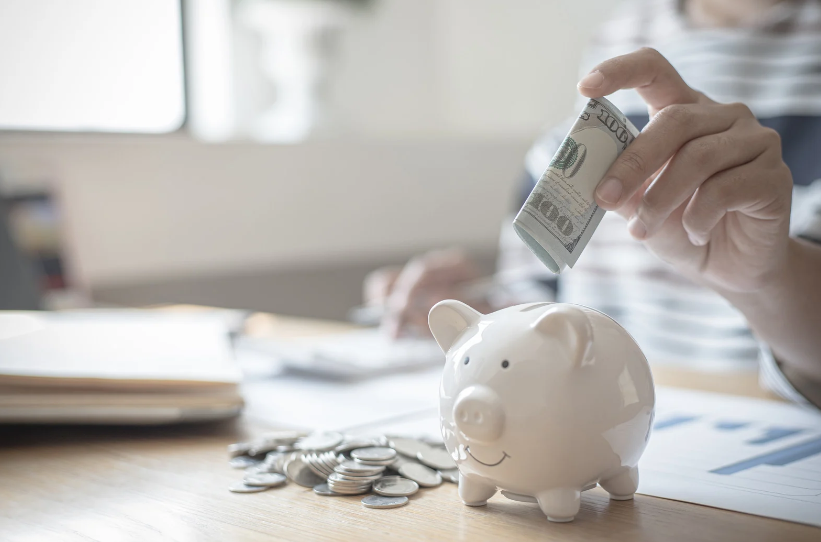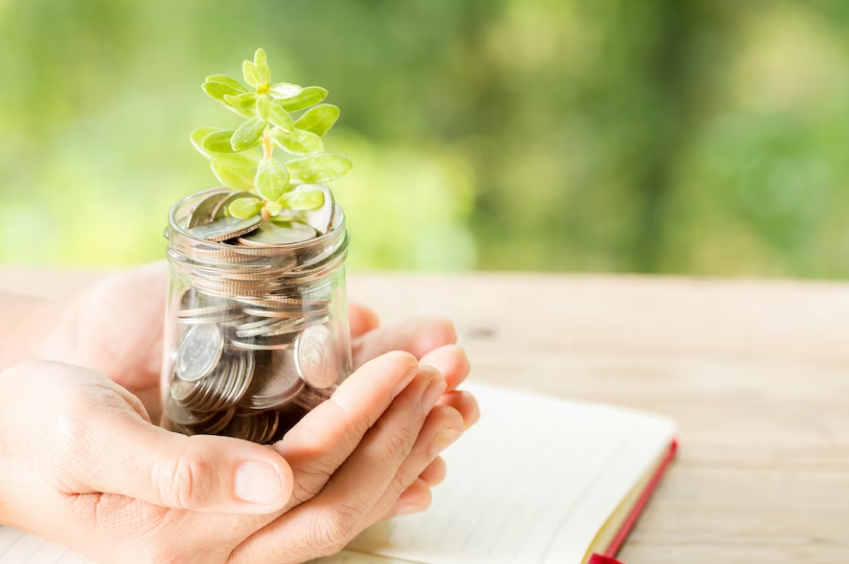Utility bills can be a significant expense for homeowners, but with the right strategies and practices, you can reduce your energy consumption and lower your bills. The utility bill reduction challenge is an opportunity to make your home more energy-efficient and save money in the process. In this blog, we will explore energy-saving tips and techniques that you can implement to tackle the utility bill challenge and create a more sustainable and cost-effective home.
Why Take on the Utility Bill Reduction Challenge?
The utility bill reduction challenge offers several benefits:
- Savings: By reducing your energy consumption, you can lower your utility bills and save money over time. These savings can be allocated towards other financial goals or used to improve your home.
- Environmental Impact: Conserving energy not only benefits your wallet but also has a positive impact on the environment. By reducing your energy usage, you contribute to the fight against climate change and help create a more sustainable future.
- Increased Comfort: Energy-efficient homes are often more comfortable to live in. By implementing energy-saving practices, you can improve insulation, regulate temperature, and enhance the overall comfort of your home.
- Long-Term Value: Energy-efficient upgrades and practices can increase the value of your home. They are attractive to potential buyers who value energy efficiency and may be willing to pay more for a home with lower utility costs.
Energy-Saving Tips for Your Home
- Upgrade to LED Lighting: Replace traditional incandescent bulbs with energy-efficient LED lights. LED bulbs use significantly less energy and last much longer.
- Unplug Electronics: When not in use, unplug electronics or use power strips with an on/off switch to cut off power completely. Many devices continue to draw power even when turned off.
- Adjust Thermostat Settings: Lower your thermostat by a few degrees in the winter and raise it in the summer. Consider investing in a programmable thermostat to automatically adjust temperatures based on your schedule.
- Seal Air Leaks: Identify and seal air leaks around windows, doors, and other areas where drafts are present. Use weatherstripping, caulking, or insulation to prevent air leakage and improve energy efficiency.
- Insulate Your Home: Proper insulation in walls, attics, and crawl spaces helps regulate temperature and reduce energy loss. Insulate your home according to recommended R-values for your climate.
- Use Energy-Efficient Appliances: When purchasing new appliances, look for energy-efficient models with ENERGY STAR certification. These appliances use less energy and can lead to significant savings over time.
- Optimize Heating and Cooling: Regularly maintain your HVAC system by cleaning or replacing filters, scheduling professional inspections, and ensuring proper airflow. This helps the system operate efficiently and extends its lifespan.
- Conserve Water: Reduce water usage by fixing leaks, installing low-flow showerheads and faucets, and practicing water-saving habits like shorter showers and full loads of laundry and dishes.
- Utilize Natural Light: Make the most of natural light by opening curtains and blinds during the day. This reduces the need for artificial lighting and saves energy.
- Use Energy-Saving Power Strips: Invest in power strips that automatically shut off power to idle devices or use timers to control their usage. This prevents standby power consumption.
- Install Ceiling Fans: Ceiling fans circulate air and provide a cooling effect, allowing you to raise your thermostat setting without sacrificing comfort.
- Plant Trees and Shade Structures: Strategically plant trees and install shade structures to provide natural shade, reducing the need for air conditioning during hot summer months.
- Use Energy-Efficient Window Treatments: Install energy-efficient window treatments such as blinds, shades, or reflective films to reduce heat gain in the summer and heat loss in the winter.
- Reduce Phantom Loads: Unplug chargers, power adapters, and devices that are not in use. These items continue to consume small amounts of energy even when not actively charging or in use.
- Educate Your Household: Involve your family members or household occupants in energy-saving practices. Teach them about the importance of energy conservation and encourage their participation.
Conclusion
The utility bill reduction challenge is a proactive approach to lower your energy consumption, reduce your environmental impact, and save money on your utility bills. By implementing the energy-saving tips mentioned above, you can create a more energy-efficient home and enjoy the benefits of long-term savings, increased comfort, and a greener lifestyle. Embrace the challenge and make your home a beacon of energy efficiency. Start today and watch your utility bills decrease while your commitment to a sustainable future grows.





